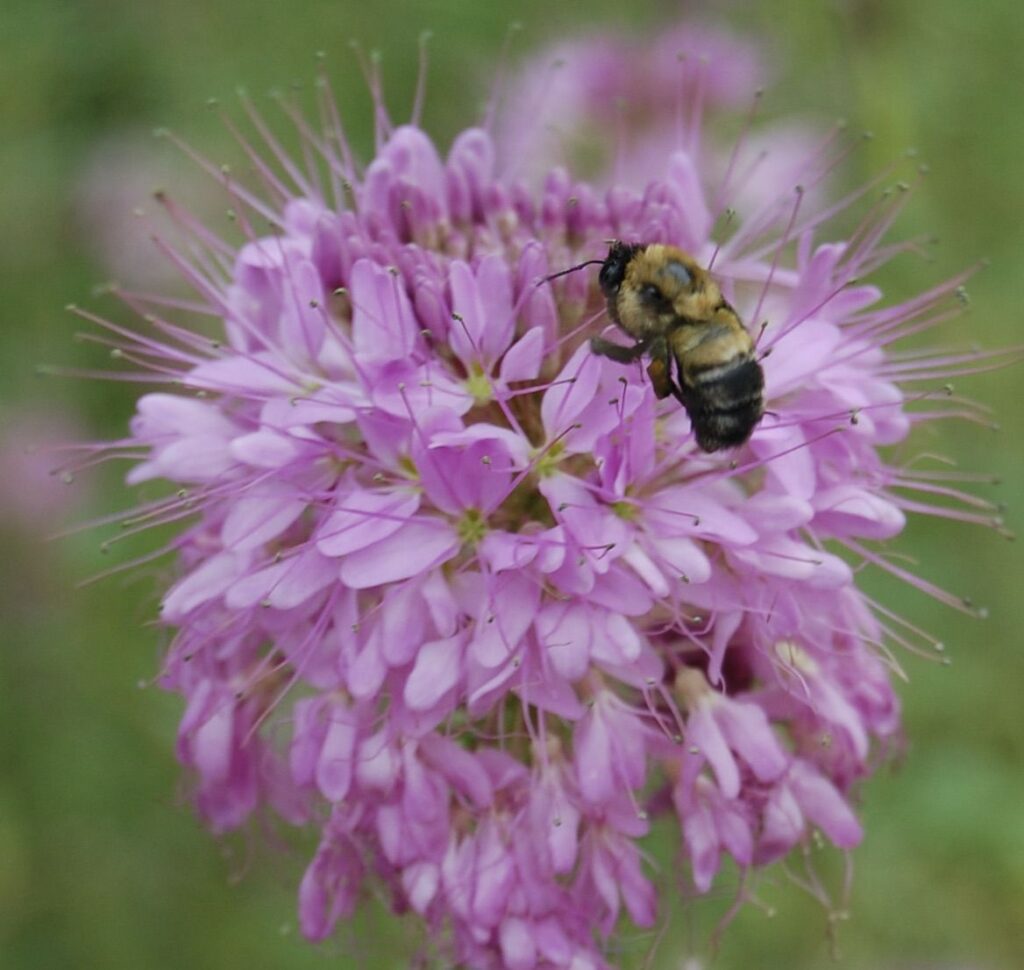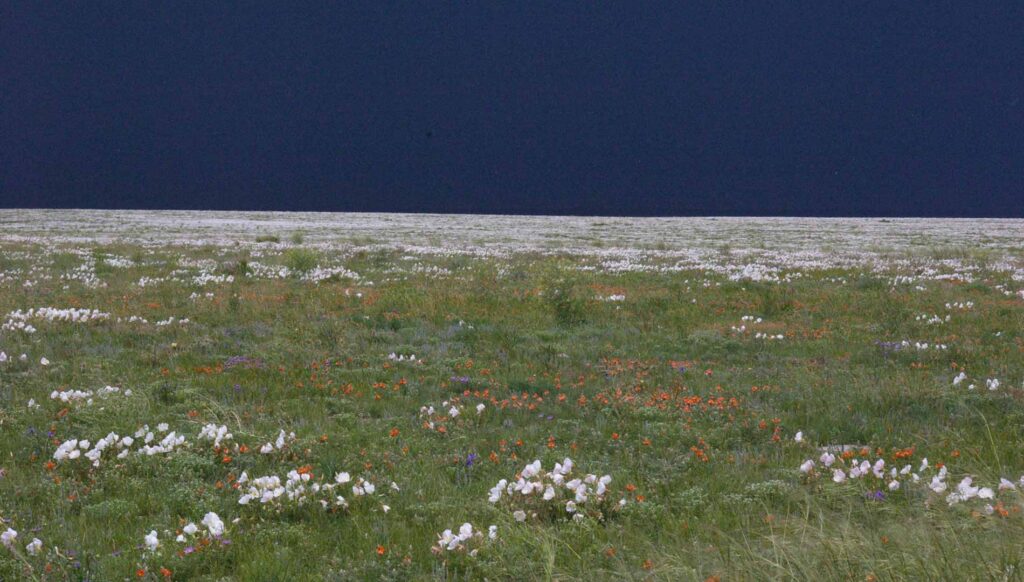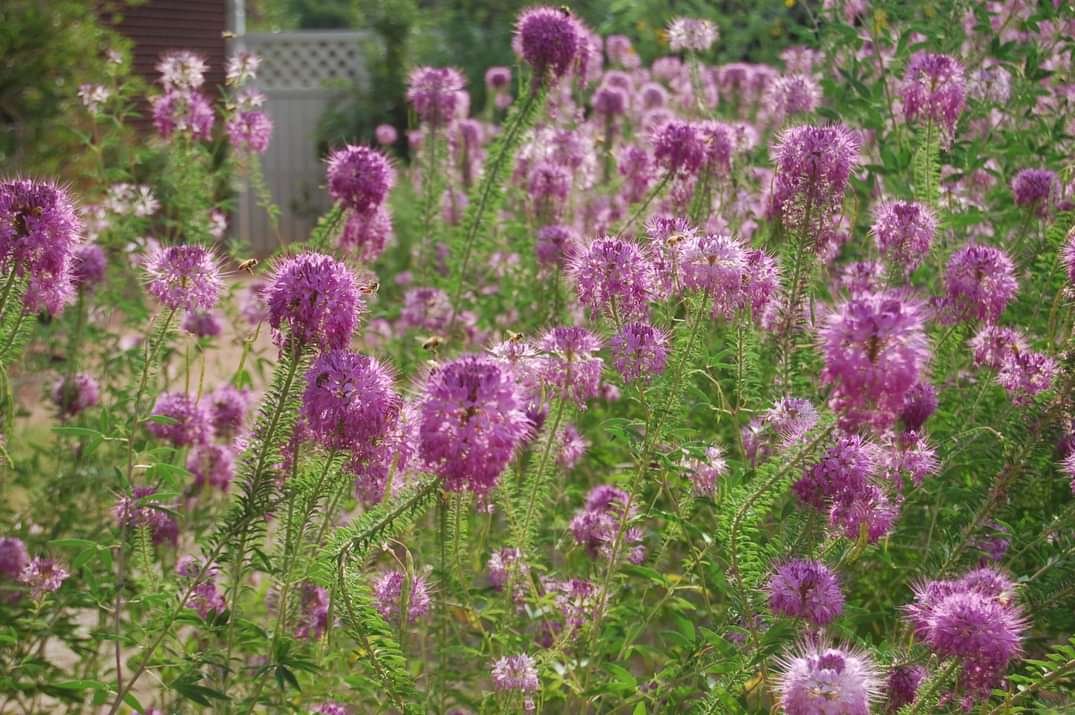
Most herbivorous insects (insects that eat plants) can only eat plants that they’ve co-evolved with – that are from their neighborhood. It’s the same story with pollinators; many of them can only utilize the nectar or pollen from certain local flowers. So over millions of years of evolution, pollinators and other insects worldwide have become interdependent with plants that are native to their bio-regions. When there aren’t enough native plants to feed our native insects and pollinators, this affects the whole food chain: birds and other wildlife that eat insects; the creatures that eat those creatures; the plants that rely on those birds or insects for procreation; etc..
Here in North America, about 80% of suburbia is landscaped with plants from Eurasia, with over 40 million acres of American soil dedicated to European bluegrass lawn. To local insects, suburbia is a veritable desert – which is likely the biggest reason why insect, bird, and wildlife populations have been plummeting worldwide, as human-centric landscapes and industries spread to every available corner.

Nature is no longer “doing just fine out there.” Pollinators, other insects, and the birds that eat insects are vanishing, everywhere. 40% of native bees worldwide are in danger of extinction right now. Here in the U.S. grasslands, we’ve lost more than 40% of our birds since 1966.
Protected wilderness areas aren’t enough to preserve our ecosystems, because they’re small and disconnected. Only 12% of American land is protected wilderness, and only 3-5% functions as undisturbed habitat for wildlife. We need to restore native habitat in our urban and suburban areas in order for the web of life to survive. Sure, we can’t restore habitat for mountain lions or whales in our backyards, but we CAN coexist with pollinators, birds, and other foundational members of the biosphere.

Planting native plants and grasses in your yard makes a huge difference for local pollinators and birds. Local butterflies and bees depend on native grasses and wildflowers, and local birds feed on native plants and the bugs that live in them. Each part of the ecosystem – overstory and understory trees, bushes and flowers, grasses and groundcovers, and the many species that are interdependent with them – has a role to play in holding our local environment together.
If you choose the right local plants for your yard, they will need little-to-no irrigation or maintenance in the long term. Flowers that thrived in the small-grass prairie here, before Denver was colonized, still flourish here without supplemental irrigation or special soil. Landscape irrigation accounts for 40% of urban water use in the urban Front Range, which is primarily due to non-native bluegrass lawns. Native grass lawns or wildflower-filled native meadows, on the other hand, require little-to-no water, mowing, or fertilization.
